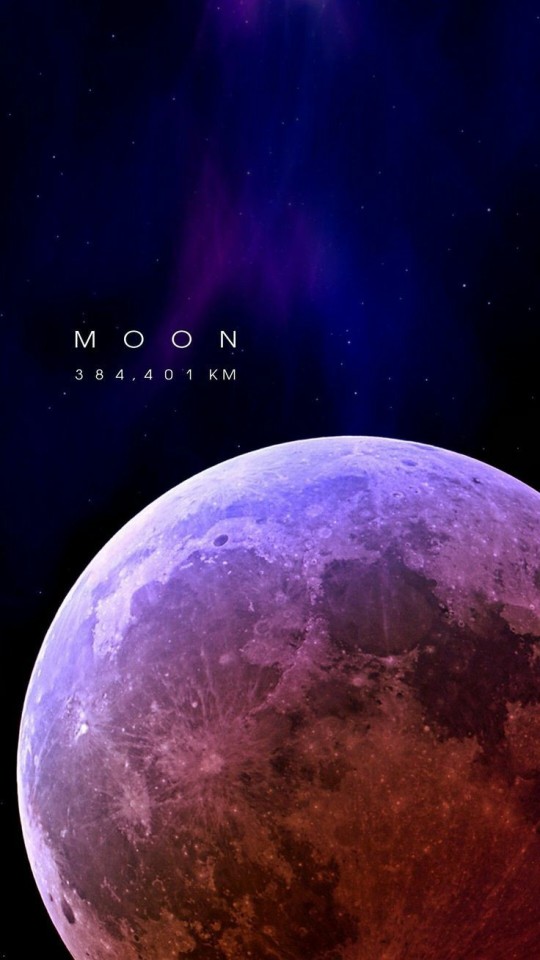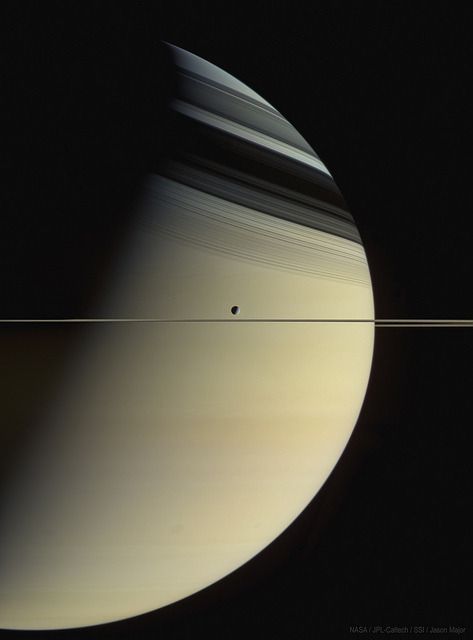Stunning
stunning

Perseid Meteor Shower 2021 by Jeff Sullivan (https://ift.tt/1cpZOga) On the second best night of the 2021 Perseid meteor shower, one night before peak, we had some luck in this location in Nevada, despite some wildfire smoke.
I’ll have some time-lapse footage available shortly. https://flic.kr/p/2mhjQJg
More Posts from Spacenik and Others

Earth and Moon from Saturn, a true color composite taken on July the 19th, 2013 from Cassini spacecraft at a distance of 898, 419, 474 miles or 1,445,865,990 kilometers away from Earth.
Credits : NASA/JPL/SSI/Composite by Val Klavans via Flickr

Utopia on Mars Image Credit: NASA, The Viking Project, M. Dale-Bannister (Washington University)
Explanation: Expansive Utopia Planitia on Mars is strewn with rocks and boulders in this 1976 image. Constructed from the Viking 2 lander's color and black and white image data, the scene approximates the appearance of the high northern martian plain to the human eye - NASA
What would you take to the Moon with you?


The arrangement of the spiral arms in the galaxy Messier 63, seen here in an image from the NASA/ESA Hubble Space Telescope, recall the pattern at the center of a sunflower.
Credit: ESA/Hubble&NASA

The Orion Nebula as seen through William optics flurostar 132
Credit : astro_backyard : pinterest

Jupiter and Ganymede in near – UV and blue, jointly captured by Juno aircraft, remastered by Judy Schmidt
Image Credit : Judy Schmidt via Flickr

Saturn and Dione , 2005
credits : NASA
Our sun is entering into a sleepy state of inactivity— a recurring phenomenon known as Solar Minimum.

A period of minimal solar activity, during which the surface solar movement diminishes, resulting in a trough in solar eruptions and coronal mass ejections (CME) activities. Though it is a period of (relative) calm for the otherwise seething ball of energy, it doesn't hold any consequence(s) for us, as Earthlings. Sun, as we know it, will remain the same.
Majestic Godzilla galaxy or UGC 2885, 2.5 million times wider than our home galaxy Milky Way, with one trillion stars in its crib, captured by Hubble


Source : NASA&Hubble

Galaxy NGC 2768 as seen by Hubble on my birthday.
Check out what Hubble captured on your birthday here – https://www.nasa.gov/content/goddard/what-did-hubble-see-on-your-birthday

-
 thehappysnapper liked this · 7 months ago
thehappysnapper liked this · 7 months ago -
 onlystarrdust liked this · 2 years ago
onlystarrdust liked this · 2 years ago -
 kryskfal reblogged this · 3 years ago
kryskfal reblogged this · 3 years ago -
 kryskfal liked this · 3 years ago
kryskfal liked this · 3 years ago -
 mindnot-that-much liked this · 3 years ago
mindnot-that-much liked this · 3 years ago -
 moapted liked this · 3 years ago
moapted liked this · 3 years ago -
 arteesticpleasures22 liked this · 3 years ago
arteesticpleasures22 liked this · 3 years ago -
 komadina61 liked this · 3 years ago
komadina61 liked this · 3 years ago -
 sincurve liked this · 3 years ago
sincurve liked this · 3 years ago -
 celestialvoidtragedy liked this · 3 years ago
celestialvoidtragedy liked this · 3 years ago -
 telescopes-for-cats reblogged this · 3 years ago
telescopes-for-cats reblogged this · 3 years ago -
 telescopes-for-cats liked this · 3 years ago
telescopes-for-cats liked this · 3 years ago -
 ydnks liked this · 3 years ago
ydnks liked this · 3 years ago -
 eddieshouldgo liked this · 3 years ago
eddieshouldgo liked this · 3 years ago -
 15minutesoffame liked this · 3 years ago
15minutesoffame liked this · 3 years ago -
 fieldsoftheskysend reblogged this · 3 years ago
fieldsoftheskysend reblogged this · 3 years ago -
 v-the-raven liked this · 3 years ago
v-the-raven liked this · 3 years ago -
 franqeinstein reblogged this · 3 years ago
franqeinstein reblogged this · 3 years ago -
 franqeinstein liked this · 3 years ago
franqeinstein liked this · 3 years ago -
 esotericemirite liked this · 3 years ago
esotericemirite liked this · 3 years ago -
 happy-joy-joy reblogged this · 3 years ago
happy-joy-joy reblogged this · 3 years ago -
 boat-worm liked this · 3 years ago
boat-worm liked this · 3 years ago -
 backcataloge reblogged this · 3 years ago
backcataloge reblogged this · 3 years ago -
 softheartedbadgirl liked this · 3 years ago
softheartedbadgirl liked this · 3 years ago
